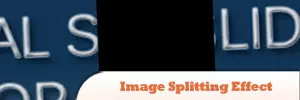
Course Introduction:Ten amazing jQuery image effects plugins to inject fashion into your website! With these jQuery image effects plugins, you can easily convert ordinary images on your website, enhance image effects, create galleries, scrollers, and make your website look new! Image segmentation effects combined with CSS and jQuery This tutorial will create an image segmentation effect. It's similar to a sliding door effect, where the image slides left or right, showing the text behind it, but the difference is that the effect looks like the image is split in half, one moves to the left and the other moves to the right. Source jQuery Image Distortion Script ImageWarp adds interesting twist effects to selected images on the page
2025-03-10 comment 0 1370

Course Introduction:Explore excellent CSS effect display website If you are interested in learning and appreciating various exquisite CSS effects, it is very important to find the right resources. regardless...
2025-04-05 comment 0 364

Course Introduction:Enhance your website with stunning image hover effects using these jQuery plugins! These plugins offer elegant styling for images and captions, adding dynamism and visual appeal to your site. Spacegallery – jQuery Plugin: A jQuery image gallery plu
2025-02-24 comment 0 562
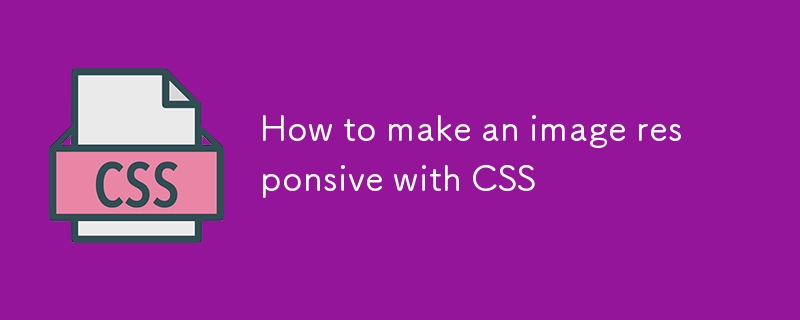
Course Introduction:To make the image automatically resize and maintain proportion on different devices, it can be achieved through the following methods: 1. Set max-width:100% and height:auto to make the image scale and maintain proportion according to the container width; 2. Use object-fit to control the image filling method, such as cover cropping excess parts, contain complete display, and fill forcibly fill; 3. Provide multi-resolution image resources with srcset to improve loading performance and display quality; 4. Ensure that the image container is set to a reasonable width or use elastic layout to ensure responsive effects.
2025-07-19 comment 0 460
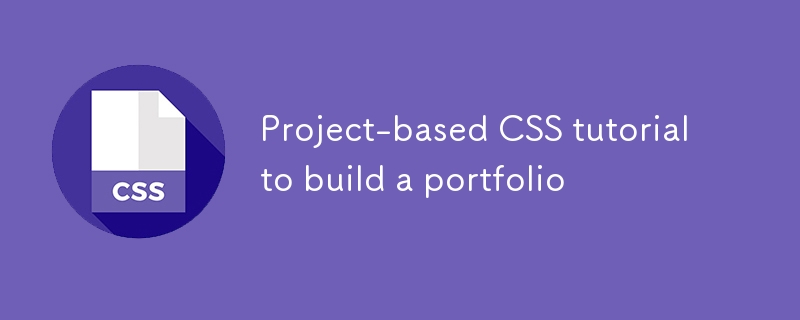
Course Introduction:To build a portfolio website using HTML and CSS, first plan a clear layout structure, then use mobile-first CSS for style design, then highlight project display, and finally add details to improve the overall experience. The specific steps include: 1. Use semantic HTML tags to build a basic structure containing headers, related, projects and contact parts; 2. Realize responsive design through flexbox or grid layout, media query and interactive effects; 3. Display projects in the form of cards and add animation effects; 4. Select color schemes, readable fonts, optimize links and SEO, and test website performance on different devices.
2025-07-01 comment 0 554

Course Elementary 13826
Course Introduction:Scala Tutorial Scala is a multi-paradigm programming language, designed to integrate various features of object-oriented programming and functional programming.
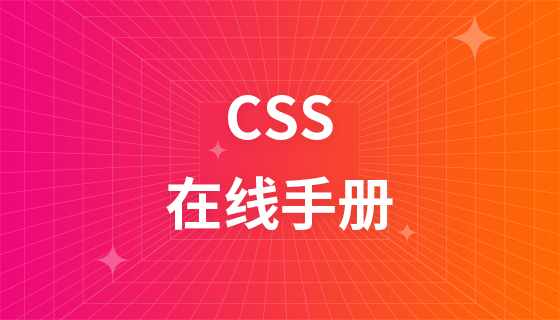
Course Elementary 82370
Course Introduction:"CSS Online Manual" is the official CSS online reference manual. This CSS online development manual contains various CSS properties, definitions, usage methods, example operations, etc. It is an indispensable online query manual for WEB programming learners and developers! CSS: Cascading Style Sheets (English full name: Cascading Style Sheets) is an application used to express HTML (Standard Universal Markup Language).
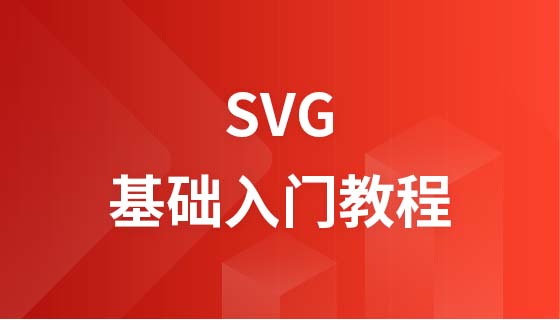
Course Elementary 13184
Course Introduction:SVG is a markup language for vector graphics in HTML5. It maintains powerful drawing capabilities and at the same time has a very high-end interface to operate graphics by directly operating Dom nodes. This "SVG Tutorial" is intended to allow students to master the SVG language and some of its corresponding APIs, combined with the knowledge of 2D drawing, so that students can render and control complex graphics on the page.
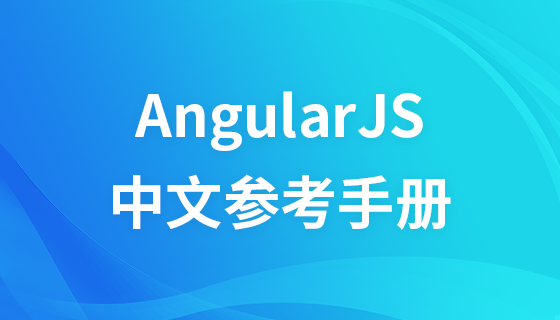
Course Elementary 24635
Course Introduction:In the "AngularJS Chinese Reference Manual", AngularJS extends HTML with new attributes and expressions. AngularJS can build a single page application (SPAs: Single Page Applications). AngularJS is very easy to learn.

Course Elementary 27491
Course Introduction:Go is a new language, a concurrent, garbage-collected, fast-compiled language. It can compile a large Go program in a few seconds on a single computer. Go provides a model for software construction that makes dependency analysis easier and avoids most C-style include files and library headers. Go is a statically typed language, and its type system has no hierarchy. Therefore users do not need to spend time defining relationships between types, which feels more lightweight than typical object-oriented languages. Go is a completely garbage-collected language and provides basic support for concurrent execution and communication. By its design, Go is intended to provide a method for constructing system software on multi-core machines.
How to use php to call the tesseract-ocr program in the windows environment
2019-04-23 09:28:31 0 0 1166
How do I get my image to appear on the page's main display?
2024-04-06 15:33:12 0 1 1114
2024-04-05 10:41:36 0 1 3995
2024-01-16 18:25:49 0 1 548
Arrays in PHP: surprising results when adding new items
2024-03-31 14:10:42 0 1 697